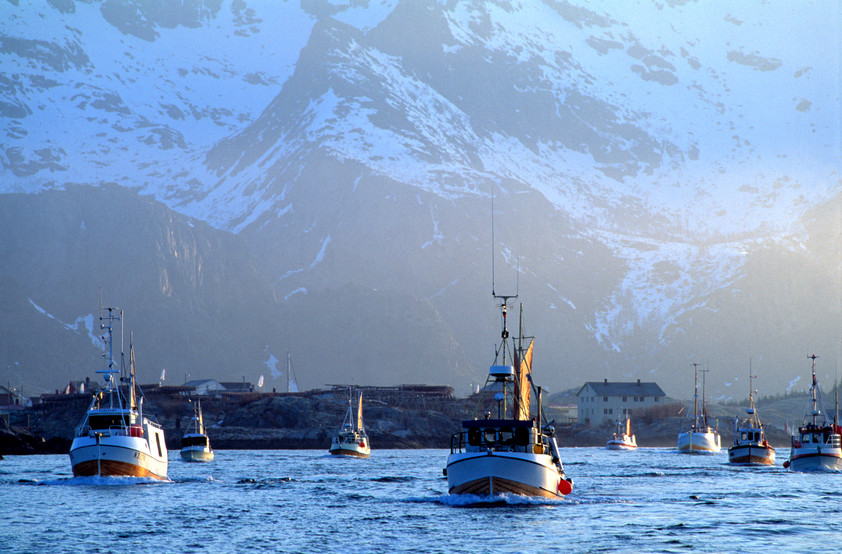Management plans for marine areas must be based on holistic and ecosystem-based assessments. This is also the basis of the EU Marine Strategy Framework Directive. We thus have a good basis for international cooperation with increased environmental focus and concerted environmental efforts in the North Sea.
Management plans for marine areas are demarcated by the baseline. The coast within is managed by water region authorities through the water regulations. The sea and coast influence each other, and this must be taken into account in the management of the areas.
Here you can read more about the management of the individual marine areas:
- Management of the Barents Sea including Lofoten
- Management of the Norwegian Sea
- Management of the North Sea
On 11 March 2011, the Government presented an updated management plan for the Barents Sea including Lofoten: Report to the Storting No. 10 (2010-2011) – Update of the management plan for marine environment in the Barents Sea and marine areas outside Lofoten.
The management plan for the Norwegian Sea was presented in the spring of 2009. Efforts to develop the basis for a management plan for North Sea is in progress and is scheduled to be presented in 2013.
Coordinated environmental monitoring
A monitoring group with representatives from all relevant institutions and sectors ensures that the environmental monitoring of Norwegian waters is well coordinated.
The work started with environmental monitoring in the Barents Sea - Lofoten. The monitoring Group now also coordinates the monitoring of the Norwegian Sea. One of the group's most important tasks is to develop indicators that can illustrate trends in environmental conditions over time. Indicators have been developed for the Barents Sea - Lofoten and for the Norwegian Sea.
In addition to the work of the Monitoring Group, there is also other monitoring of marine areas, including by OSPAR and the Arctic Council (AMAP) in the north.
Activity and environmental risk
Marine life is affected by human activities such as shipping, fisheries, oil and gas exploration and more. These activities can result in discharges during normal operation, and unintentional and acute discharges can also happen. In particular, it is discharges due to accidents that result in the greatest harm to ecosystems.
Environmental risk expresses the potential harm associated with the activities. To assess environmental risk, the likelihood that an accident can happen must be evaluated – as well as the consequences if the accident does happen.
